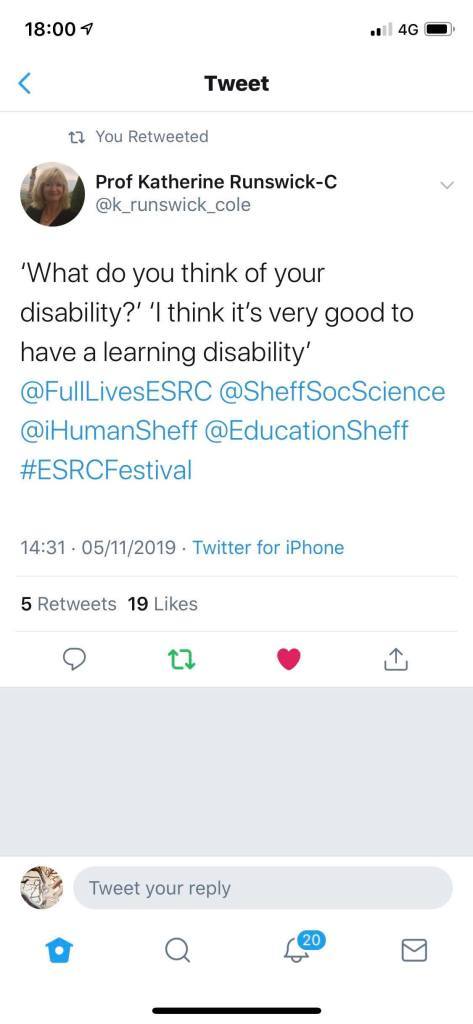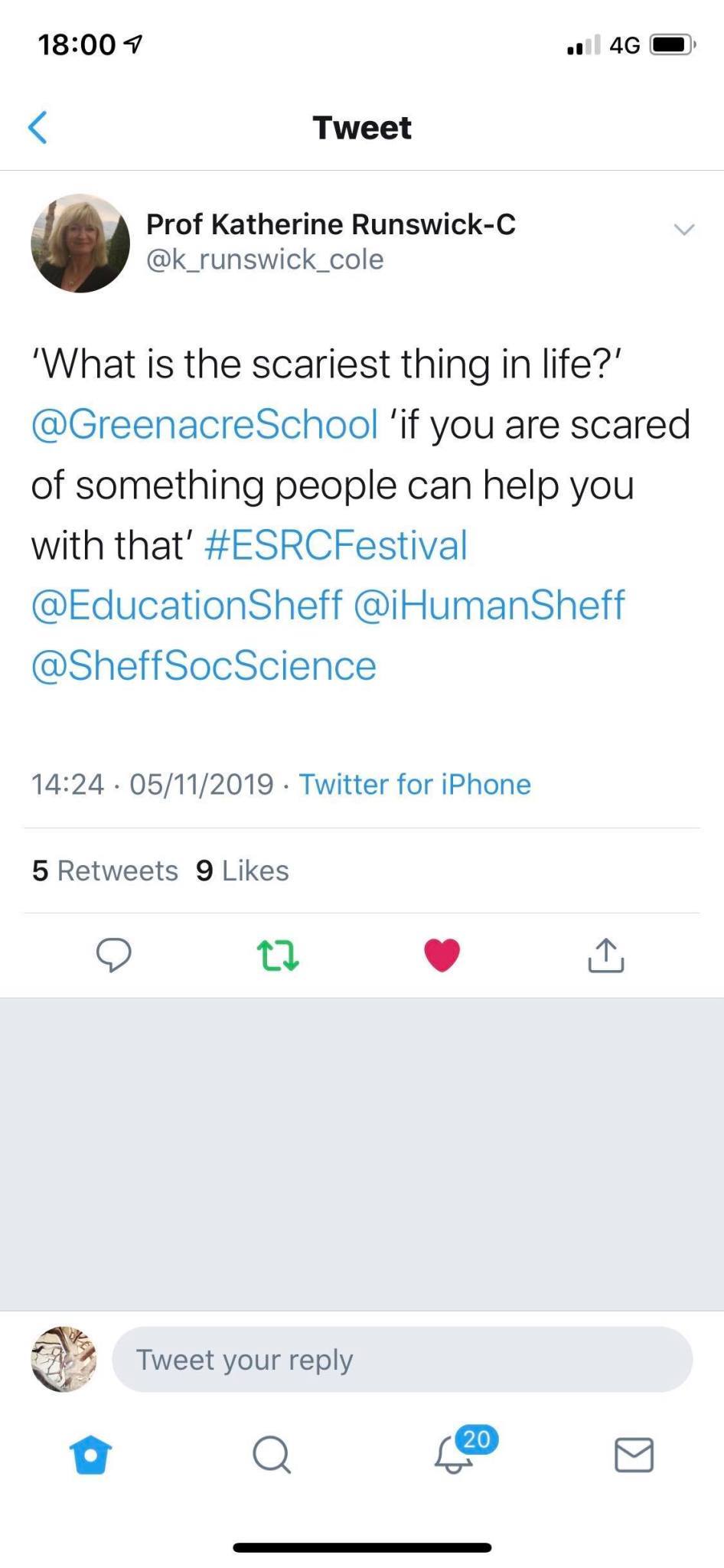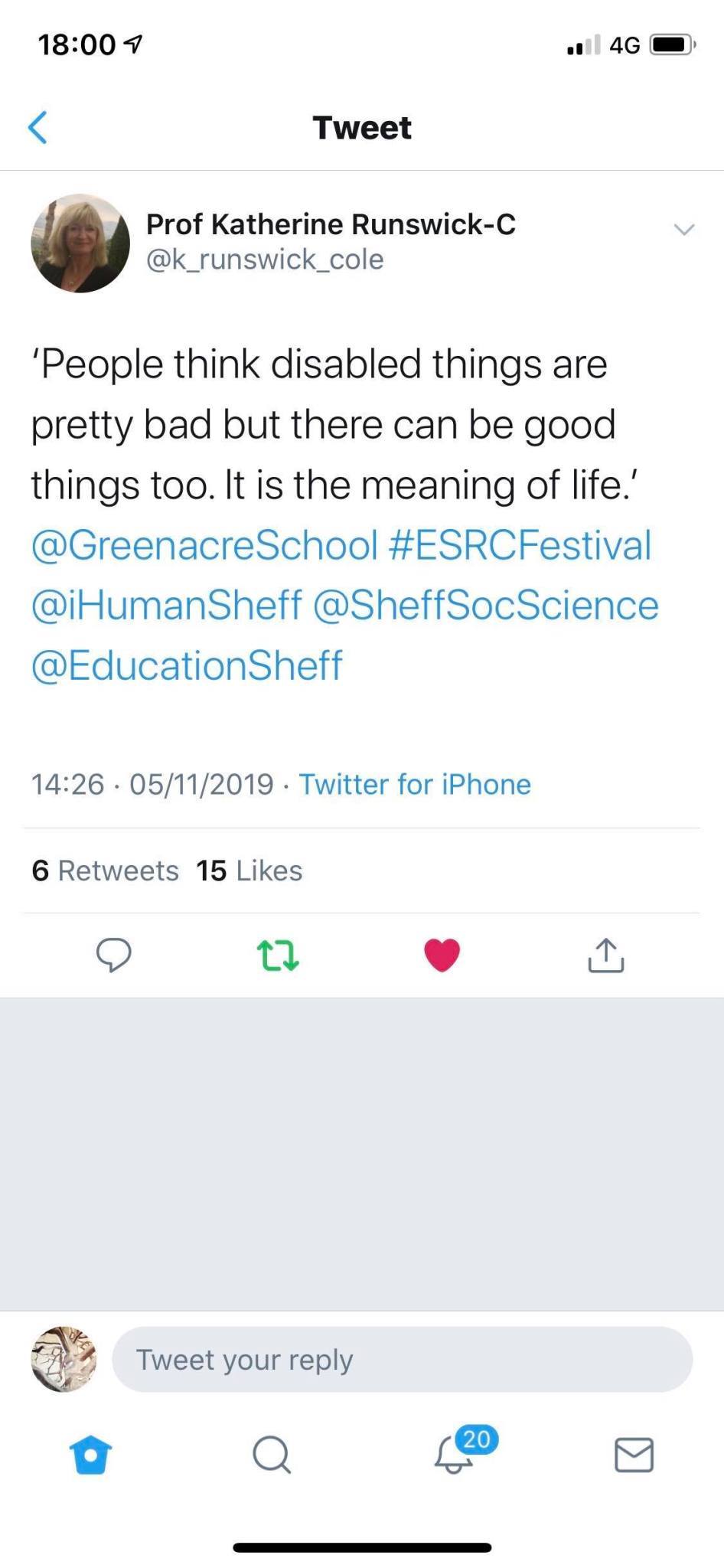

In this section of the Toolkit we share how we have worked with schools. If you are a teacher, school leader or other educational professional, our aim is that this page contains everything you need to integrate research into your curriculum.
We include downloadable worksheets, PowerPoints and lesson plans for you that are free to use and share.
We began working with Greenacre School, Barnsley because we were conscious to diversify our methods of co-production, extending our work to children
and young people with the labels of learning disability and/or autism. Greenacre is a school educating children and young people aged 3 – 19 labelled with severe and complex needs. The school became an Academy in April 2015 and
subsequently joined the Wellspring Academy Trust in April 2017.
Through a series of fun and engaging Research Workshops we worked with six Student Collaborators to co-produce a small research project called What Matters? The aim of this small project was to explore what matters to students
at Greenacre: what they like, dislike and what’s important to them. Student Collaborators undertook research training (we share these approaches below), learning about asking questions, data collection, ethics and methods of analysis.
Student Collaborators collected data from their peers via qualitative and quantitive methods, and together we undertook a collaborative analysis.
Introduction to Research: Getting to The Big Question

Silent moments: Give your young collaborators time and space to think. This might be actioned as a minute’s silent reflection. We found that this approach to critical thinking with young people mediates the ‘need’ to respond or perform straight away, giving deeper and more considered responses to the question.
Environment: Use food and drink to create informality, comfort and fun.
Many schools have healthy food policies, so do check these.
Thinking about questions: The Big Question – Independently, or with your young collaborators, choose ‘The Big Question’ – ours was What matters to you? – and use creative methods to explore answers to this question from the perspectives of young people. Next, work back from this question, asking young collaborators what types of ‘smaller’ questions might you ask others to explore a range of different answers to this question.
Objects and stimuli: Bring in ‘things’ to stimulate discussion and drive/lead into new areas. For example, we brought to the introductory session objects that represented things/hobbies/passions that mattered to us. We instigated a sensorial discussion – touching, smelling, playing with the stimulus/objects – as a “way in” to deeper discussion about things that matter.
In the gallery below Student Collaborators share their early work on asking questions. In the first activity, Student Collaborators were asked to draw what matters to them. In the second activity, we asked Student Collaborators to develop these pictures into questions they might want to ask others. This took a couple of hours, working together, discussing and sharing as we went along. Questions began with things like, Where do you live? Following the The Big Question methodology above, this soon developed into Student Collaborators asking “bigger” (deeper) questions such as, Why do we get up in the morning? and Do you think true happiness is actually true?
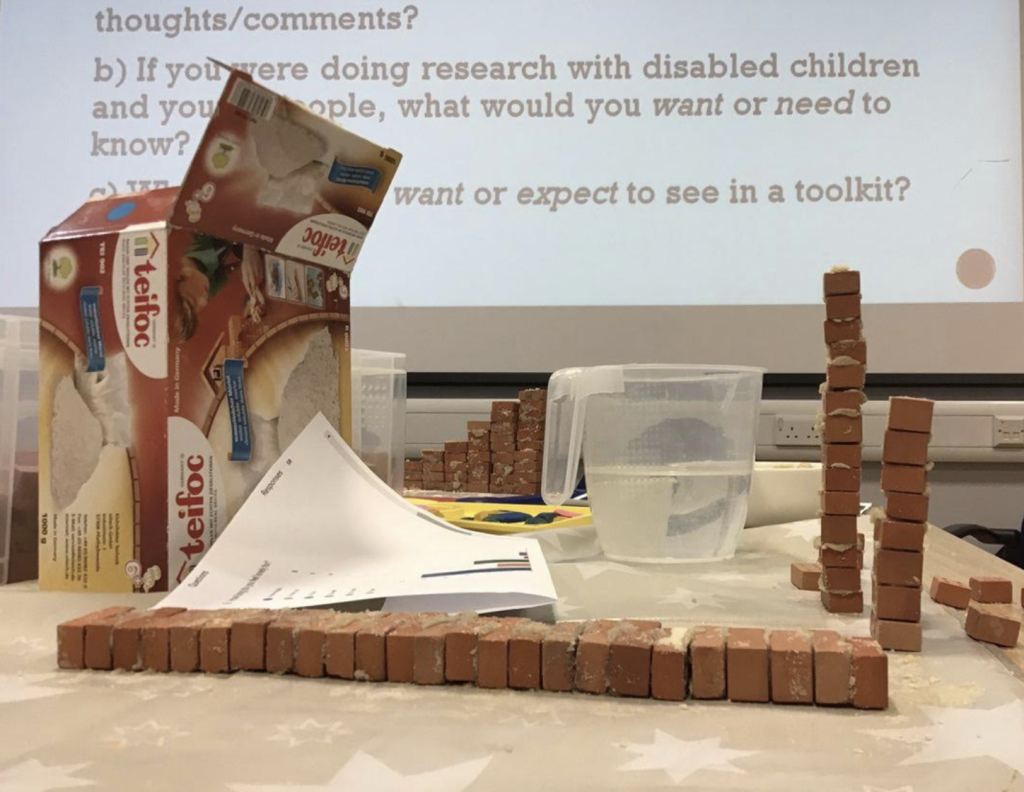
Below, we offer a lesson plan you can use to introduce your class/es to research. We also offer a PowerPoint slideshow that you can use in the classroom. Both are free to download and share.
Questions developed through session one:
Why do we live?
What do you think is the best thing in life?
What is the scariest thing in life for you?
Why do we get up in the morning?
What do you think of humans and their ways?
Do you think true happiness is actually true?
How do you think you are going to die?
What’s important to you? Why is it important? What would you do if you didn’t have that important thing?
Why do we sleep?
What was your first word?
What do you like to do?
Where do you live?
How old are you?
What are your frustrations?
What’s your favourite lesson in school?
Thinking about creative ways to ask questions
In session two, we began to work on ways that our participants could answer questions – how would we enable them to answer – and through what means or methods?
We began with a recap of the last session, followed by a short activity designed to think again about ways of asking questions. Using small bubbles, we sat in a group and designed different types of questions. Feel free to use our word bubbles below.
This work served to further develop our questions. For example, discussions stimulated by the activity sheet below led to more questions Student Collaborators want to ask their participants. These included questions such as, Is it OK to be LGBT? and If you see someone getting picked on, what will you do?
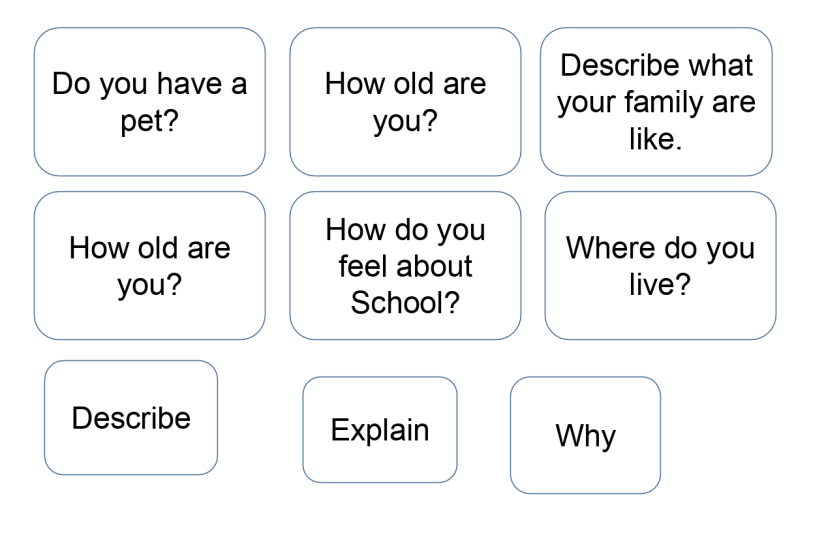
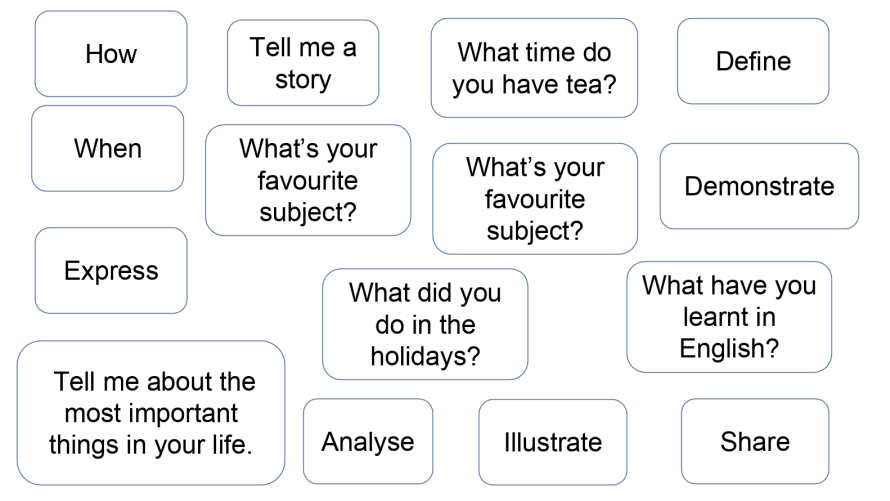
Questions developed through session two:
What’s your favourite thing to do?
Why are you disabled in the first place?
Is it OK to be LGBT?
What’s your favourite sport and why?
What’s your favourite food and why?
If you see someone getting picked on, what will you do?
How do you feel about moving [classes in the new school year]?
What’s your name?
How are you?
What do you want to be when you grow up?
What’s your favourite game?
Where do you live?
Is it scary being in a wheelchair?
What is your favourite football team?
Why are you disabled?
Why do you come to Greenacre School?
How do you feel about next term?
What’s your favourite colour and what do you think it means?
Who’s your favourite teacher and why?
What does you feel about zodiac (star) signs?
What do you feel about food and why?
What do you think of your disability?
What do love and why?
Can you explain why you are happy with your life so far?
What do you think of your mother and father?
What do you think about your name’s meaning?
Can you explain what you think of school?
Are you upset with anything, and if you are, why?
What did you like to do when you were younger?
Does age matter?
Why do you like your pet?
Do you love some people?
Are you scared of moving places [classes]?
What is your favourite food?
What is your favourite film?
What’s your favourite emoji?
How are you different from your family, friends and others?
Why do we go to school and work?
How do you interact with others?
Why do we age?
How do you feel about college?
Why do we need a balanced diet?
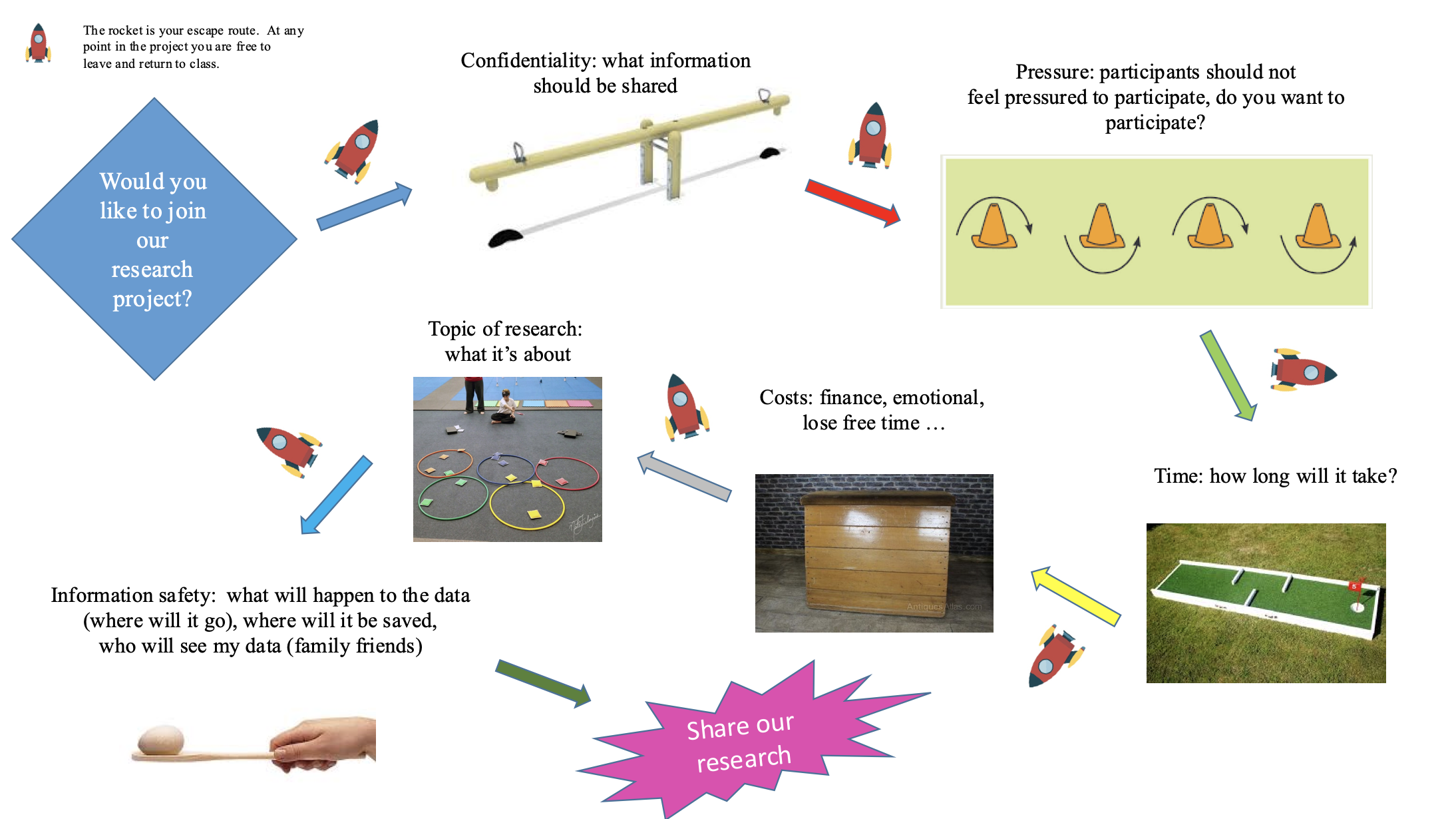
In session three, to support young people’s understanding of what ethics means in practice within research, we wanted to make it accessible and fun. We devised a series of activities whereby our Student Collaborators worked through different obstacles (see gallery below) that helped consider different facets of ethical considerations: confidentiality, pressure, information safety, time, costs (emotional and financial), and protection from harm.




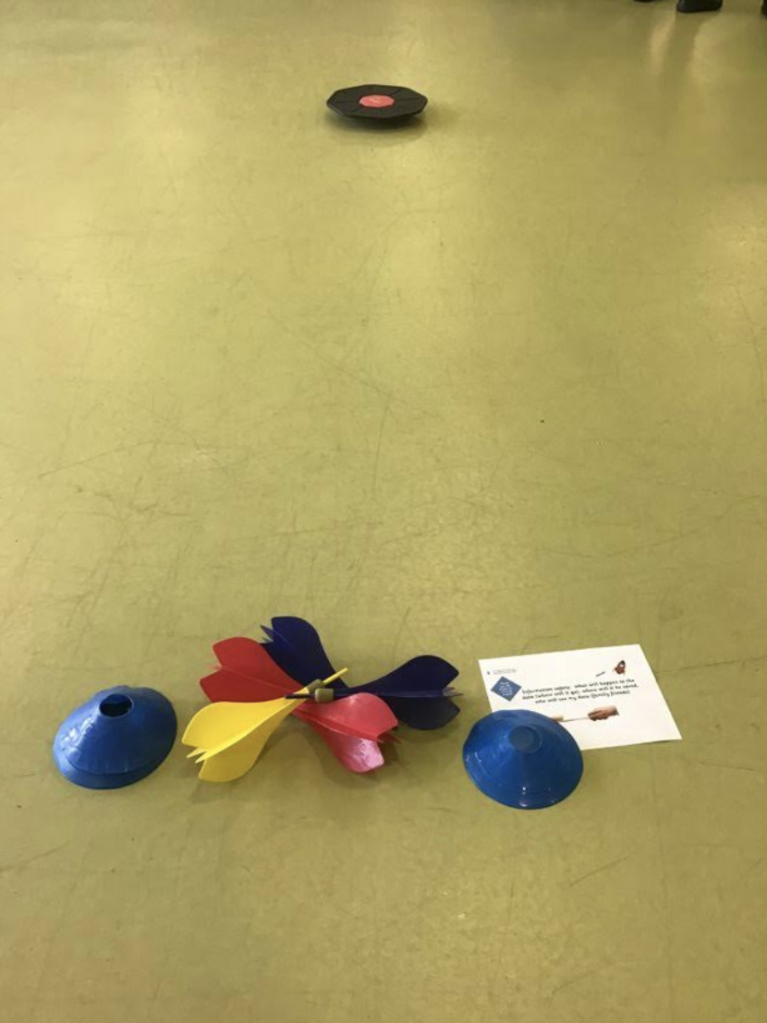




Following this, we sat down to discuss different ‘ethical dilemmas’ that spoke to young people’s everyday experiences: A friend tells you that they have a girlfriend in class but they don’t want you to tell anyone. We also included some scenarios related specifically to the research methods they were about to undertake with their peers: When interviewing students someone tells you about how they are feeling lonely. As a group, we took our time to discuss these, thinking about it from a variety of different perspectives.
You can download our ethics session worksheet below.
In our partnership with Greenacre, we agreed that it was very important for our young collaborators to come to the university. This a wonderful opportunity for disabled young people in SEND schools, many of who are routinely excluded from mainstream educational spaces, especially higher education. For us as a Research Team it was equally important to treat our Student Collaborators the same as we would any other colleague or partner.
This took some planning – we had to produce risk assessments, notify fellow colleagues of our plans, seek permission from our Head of School, as well as plan the security and fire evacuation practicalities for having young people on site.
We scheduled a day with lots of space to relax in unfamiliar surroundings; we ordered a good lunch (note our thoughts about food above!); and we based much of our discussion work on the day around play: using Lego, building blocks, and other materials to stimulate discussion and build our interview schedule.
We also thought about key ways we wanted to represent our data once collected: how can we be inclusive in terms of telling others about our key findings? We had the idea to co-create 3D representations of findings – ways to communicate what matters to young people without producing a lengthy, inaccessible report. You can see our developments of this idea in the images below.
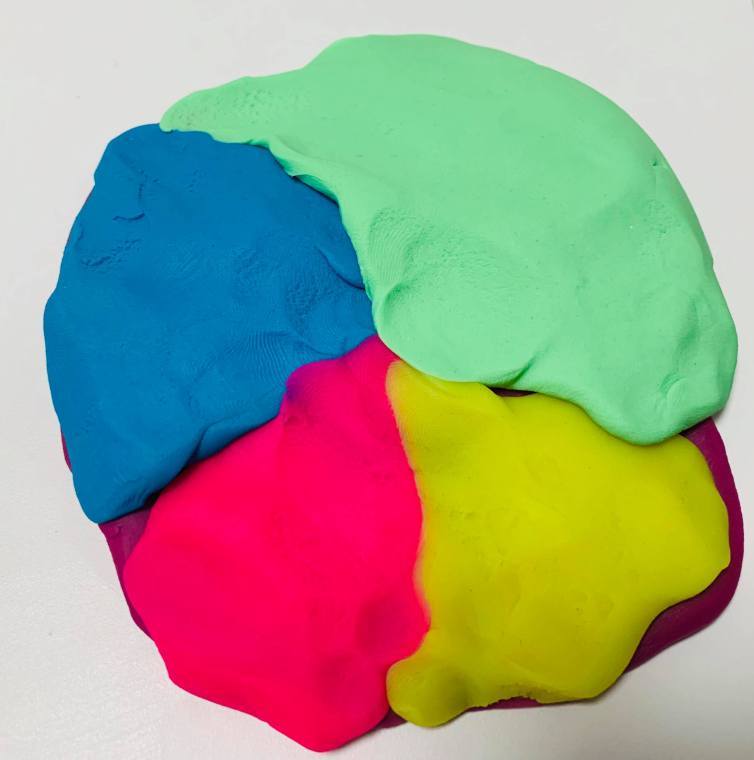
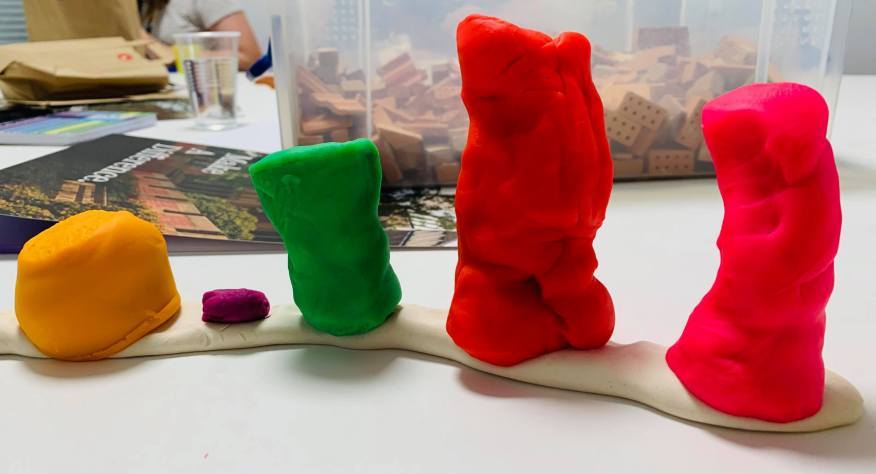
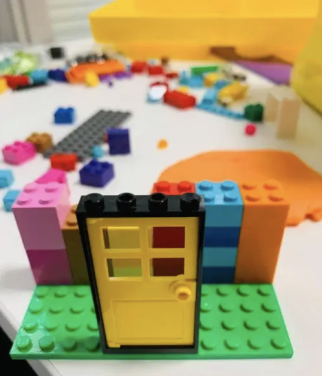
In November 2019 we won some funding to host an ESRC Festival of Social Sciences Event. The ESRC Festival of Social Science is a celebration of the social sciences. It began life in 2002 as Social Science Week – a collection of around 25 events, mainly seminars aimed towards an academic audience. Over the years Social Science Week has grown to a much larger and more inclusive ‘festival’ of activities, aimed at policymakers, business, the public and young people. You can read more about it here.
Through the Festival of Social Science, the ESRC aim to:
At our event, it was key that our Student Collaborators were the main presenters. However, it’s important to acknowledge that for some this was comfortable, while for others we had to think of ways for Student Collaborators to be involved and central in ways that were comfortable and accessible for them.
Our aim was for our Student Collaborators to have space, with a varied audience, to talk about their project. We also wanted to show how we have worked together, our methods, and the politics of accessible and meaningful research with disabled young people. We also screened a short film, made by Harry Gordon and his students – their first foray into research – called The Loneliness Project.
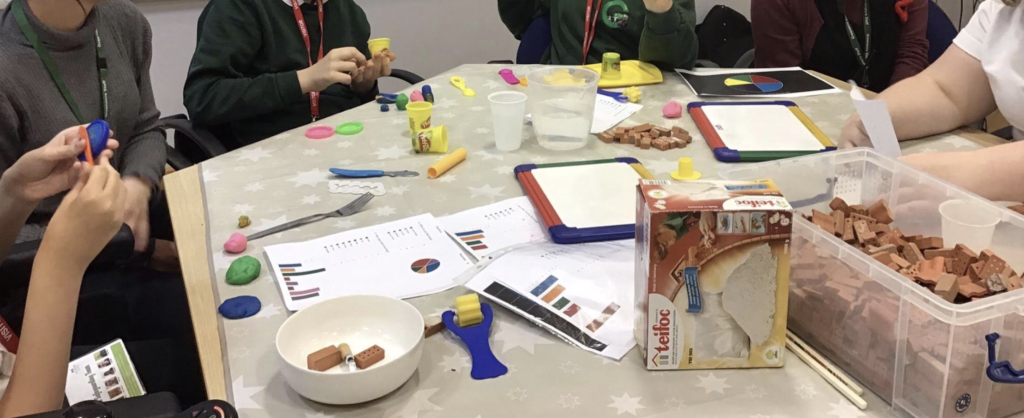
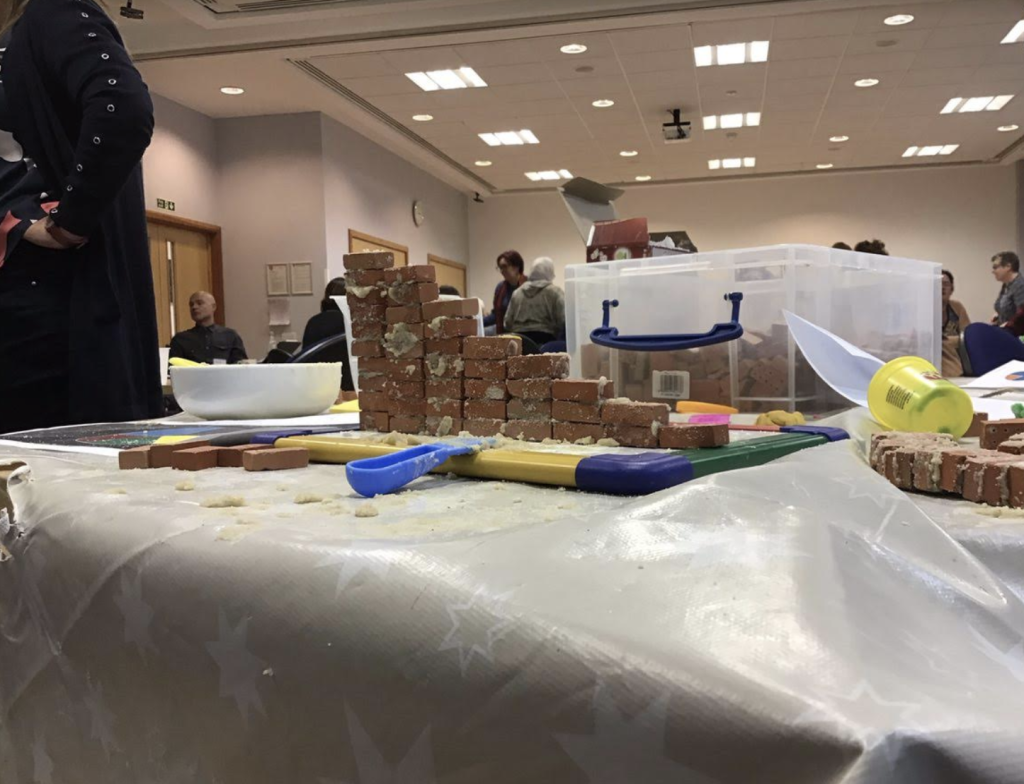

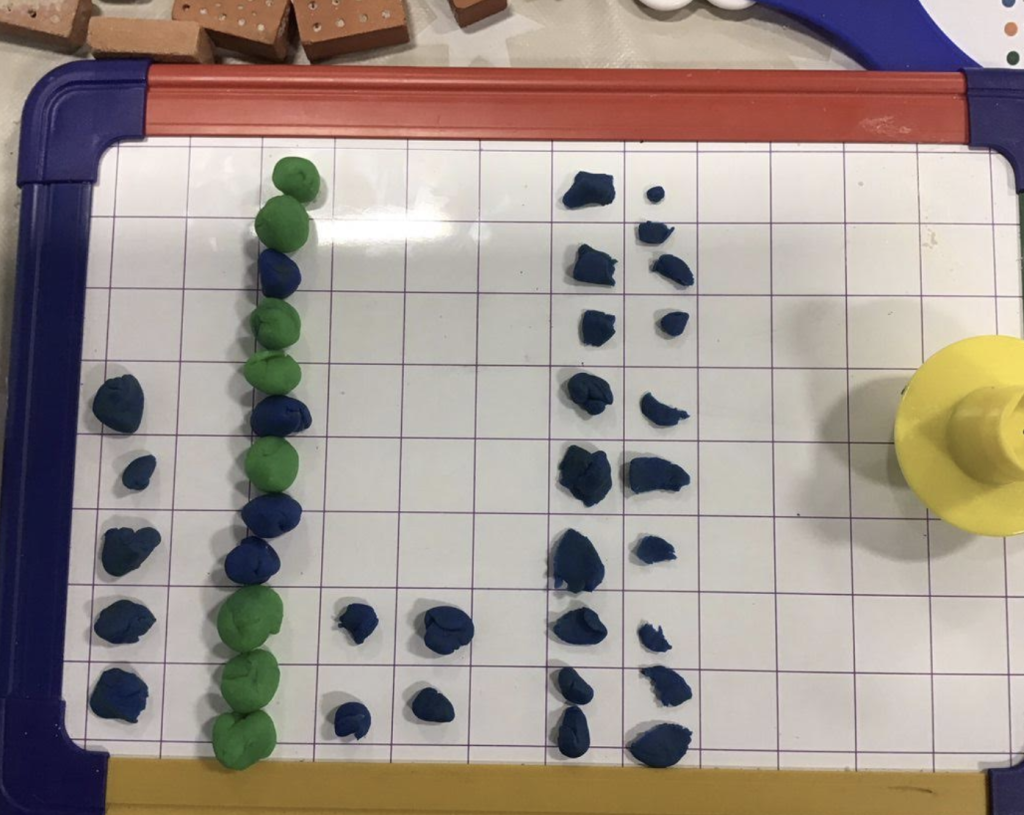
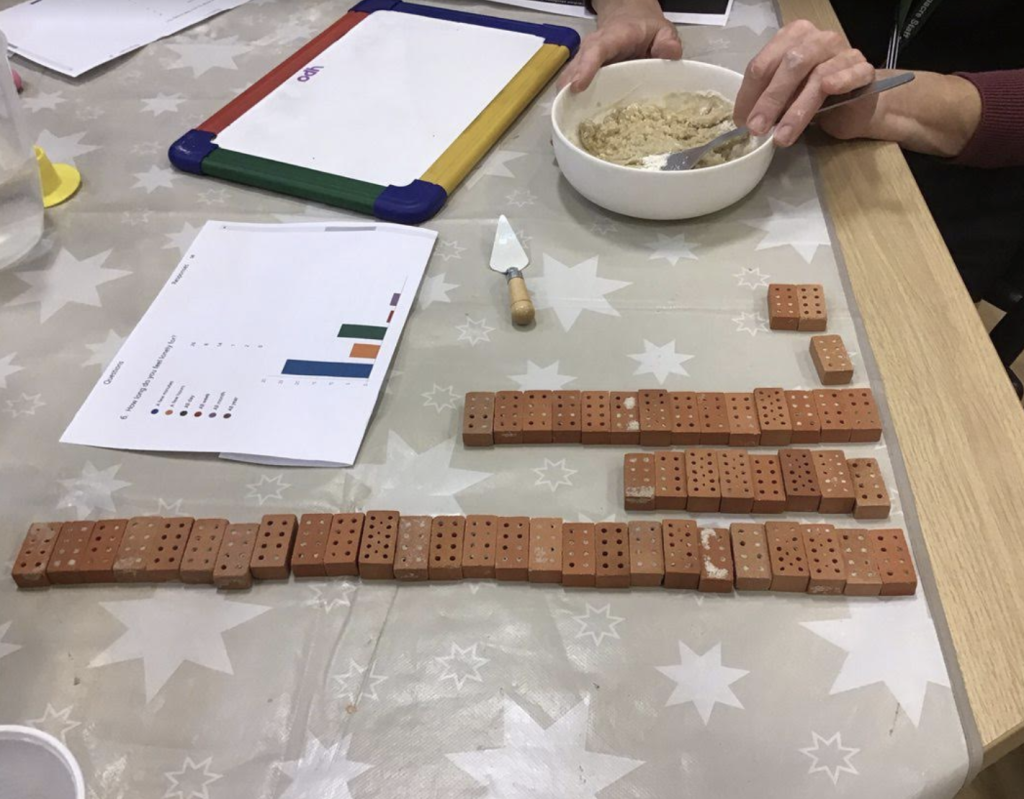
At all of our events, we make use of a hashtag to promote our work on Twitter. This year we used the collective #ESRCFestival hashtag. You can see some of the tweets in the images below.
